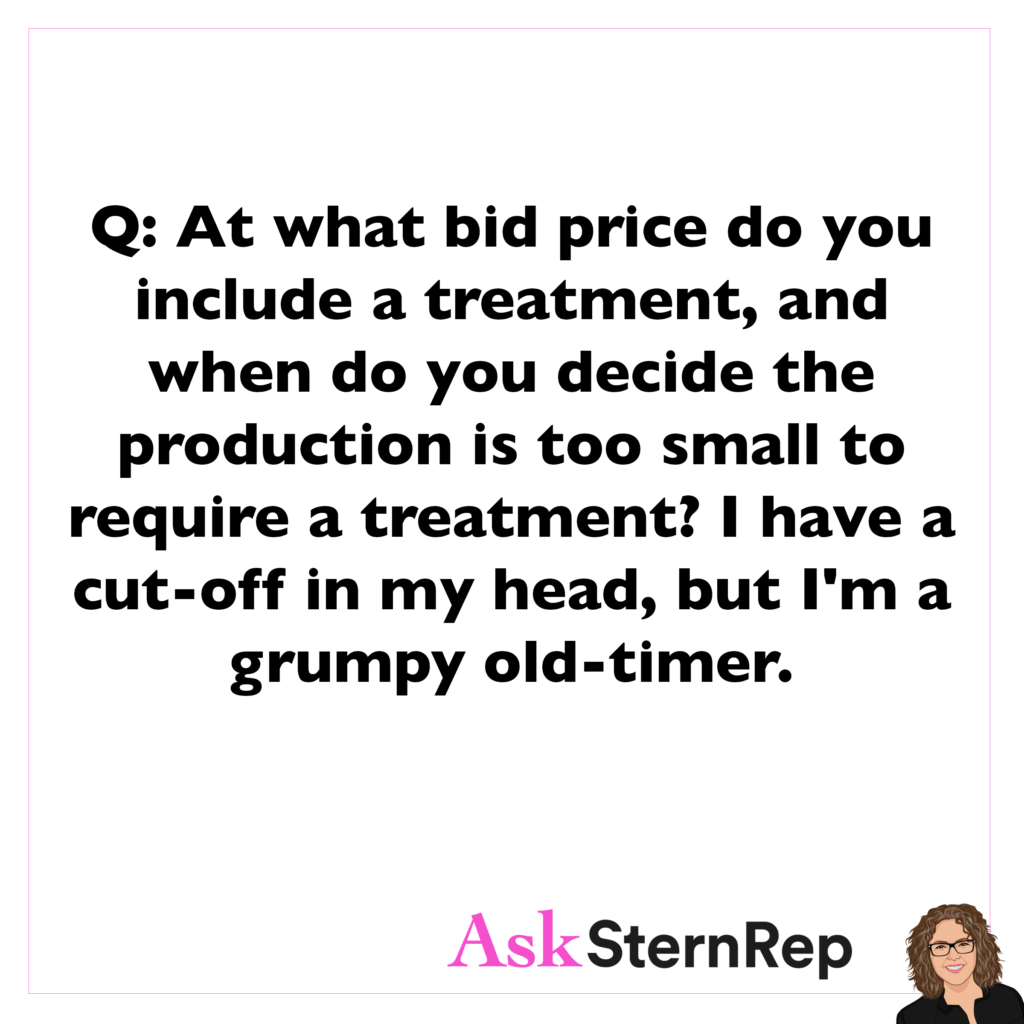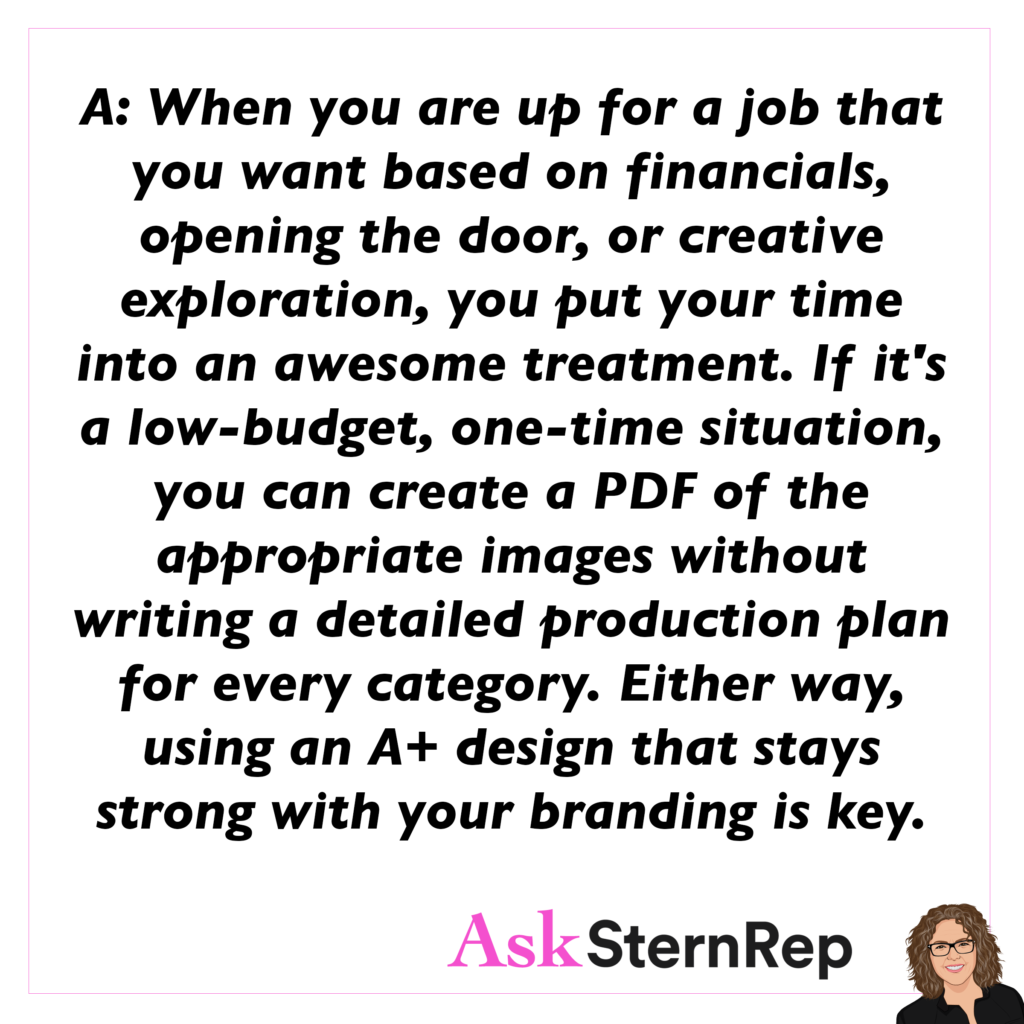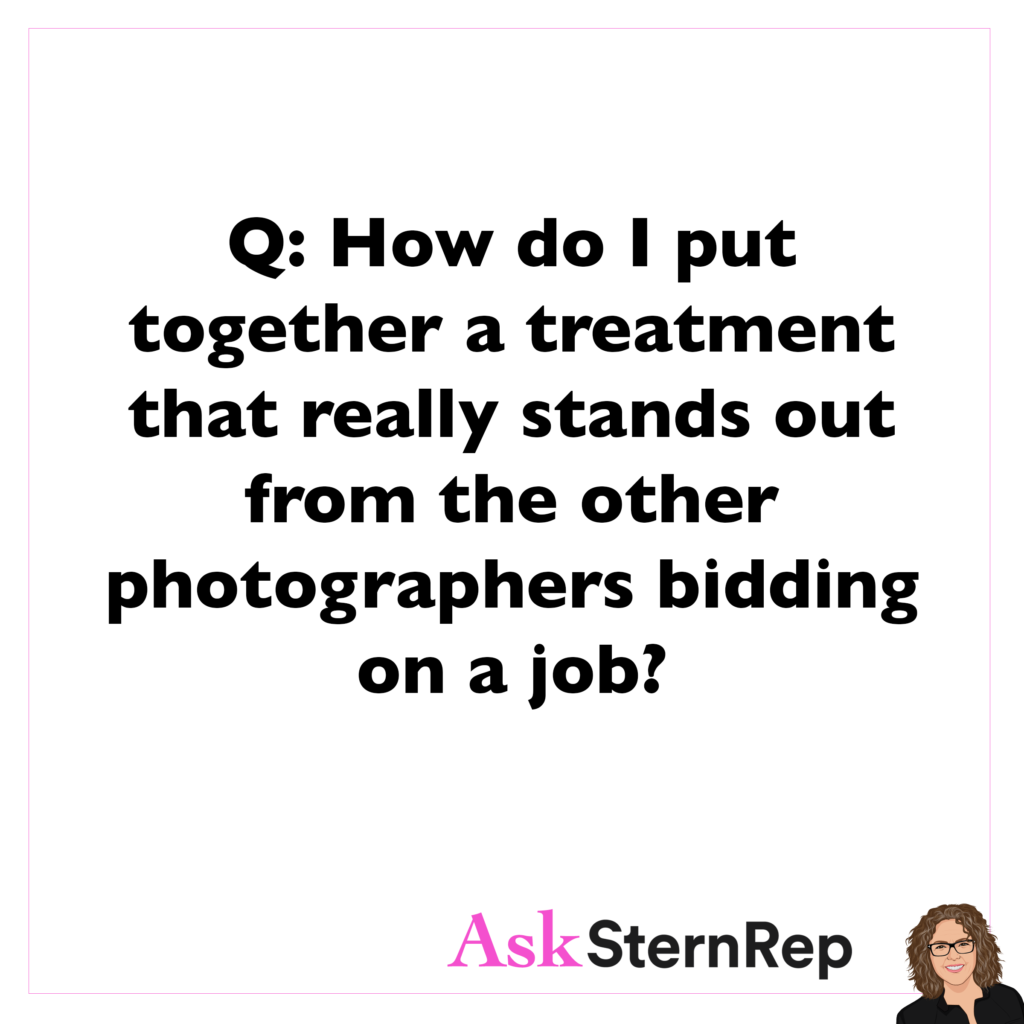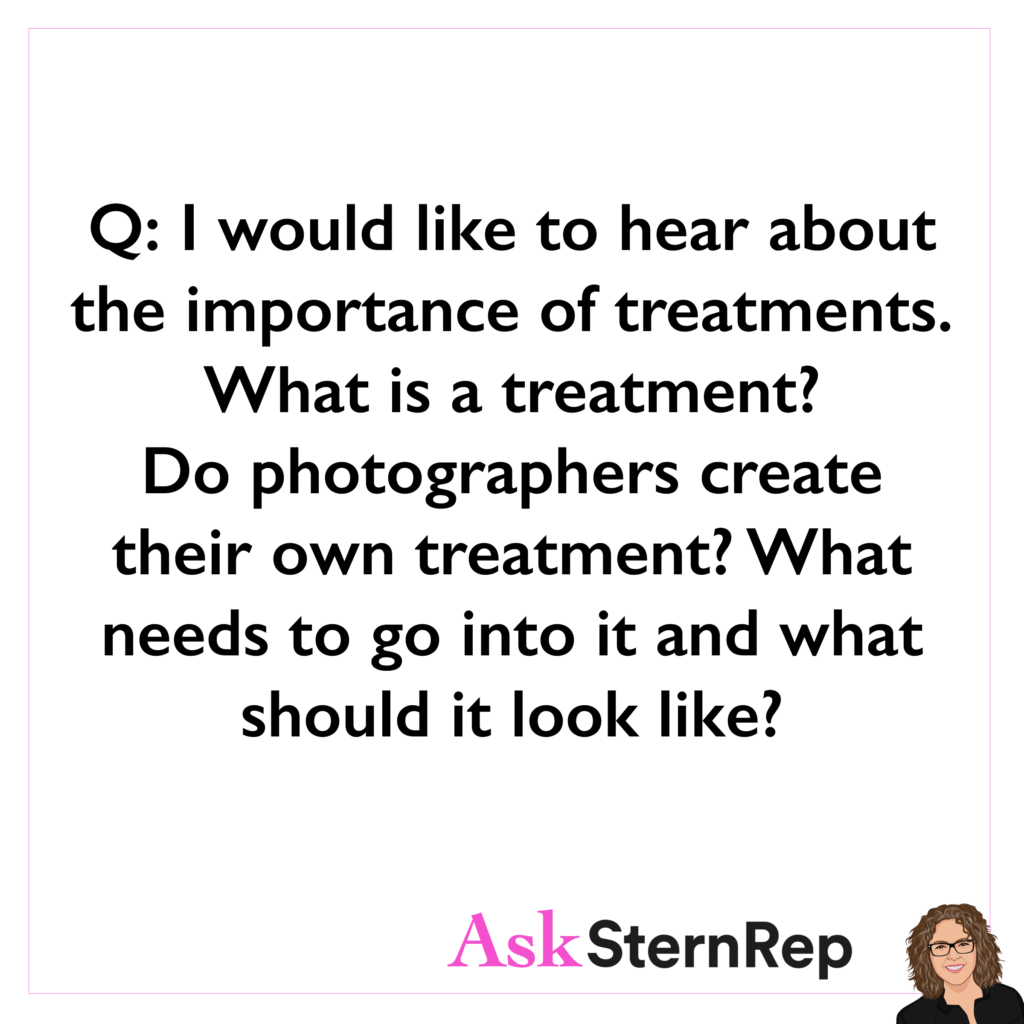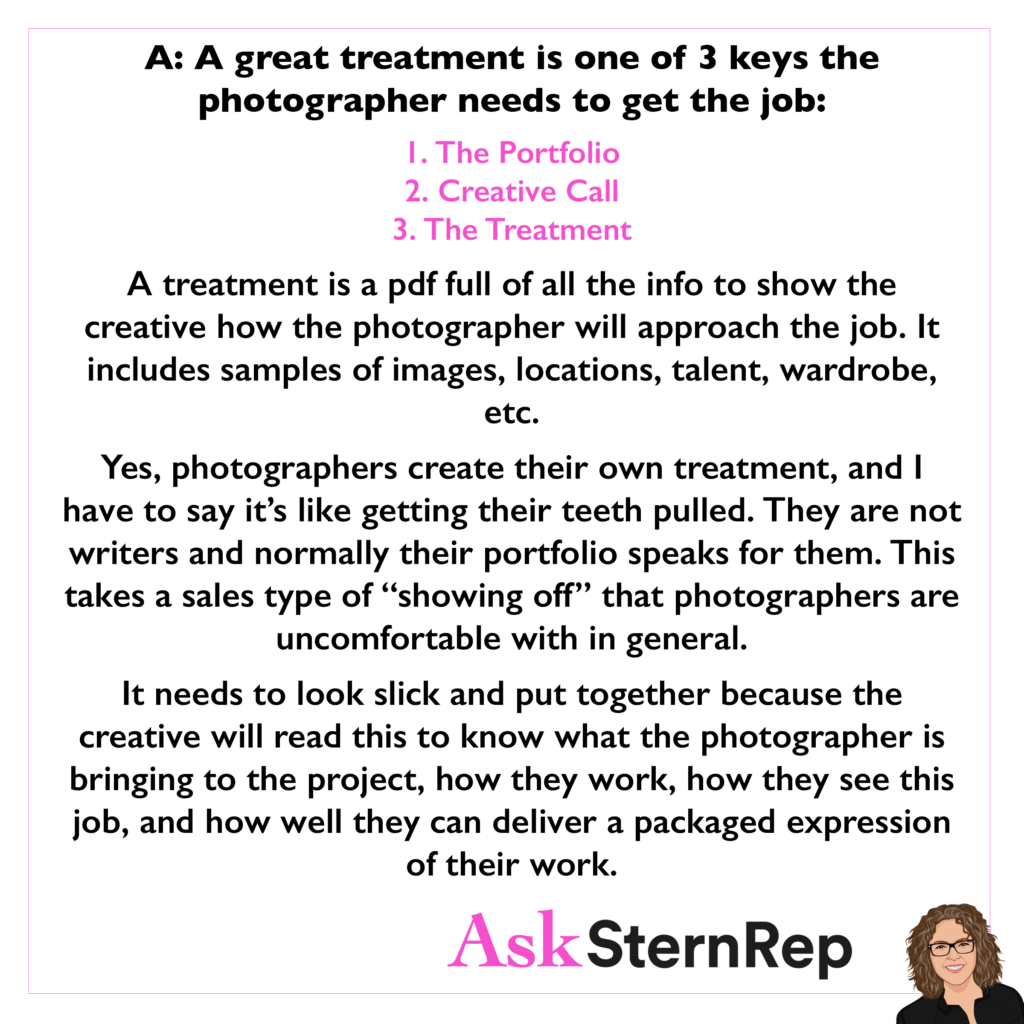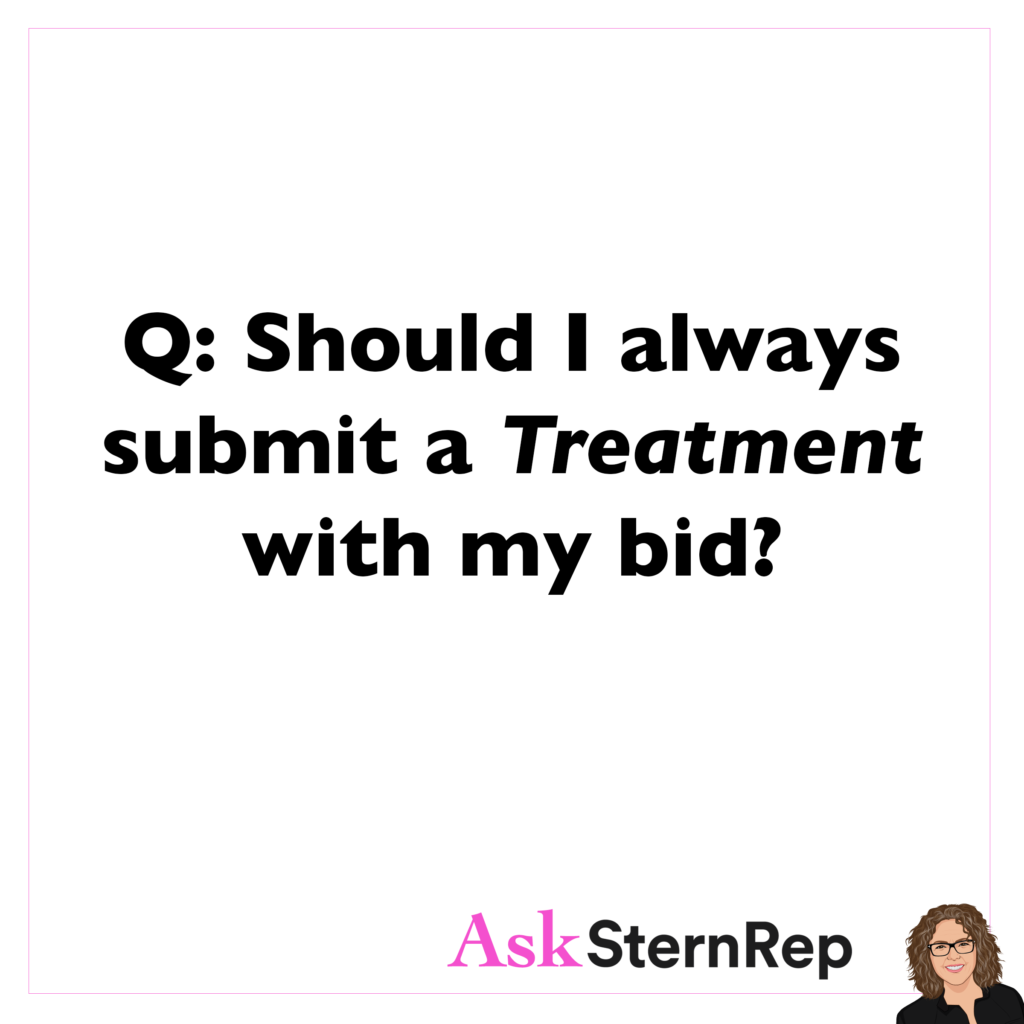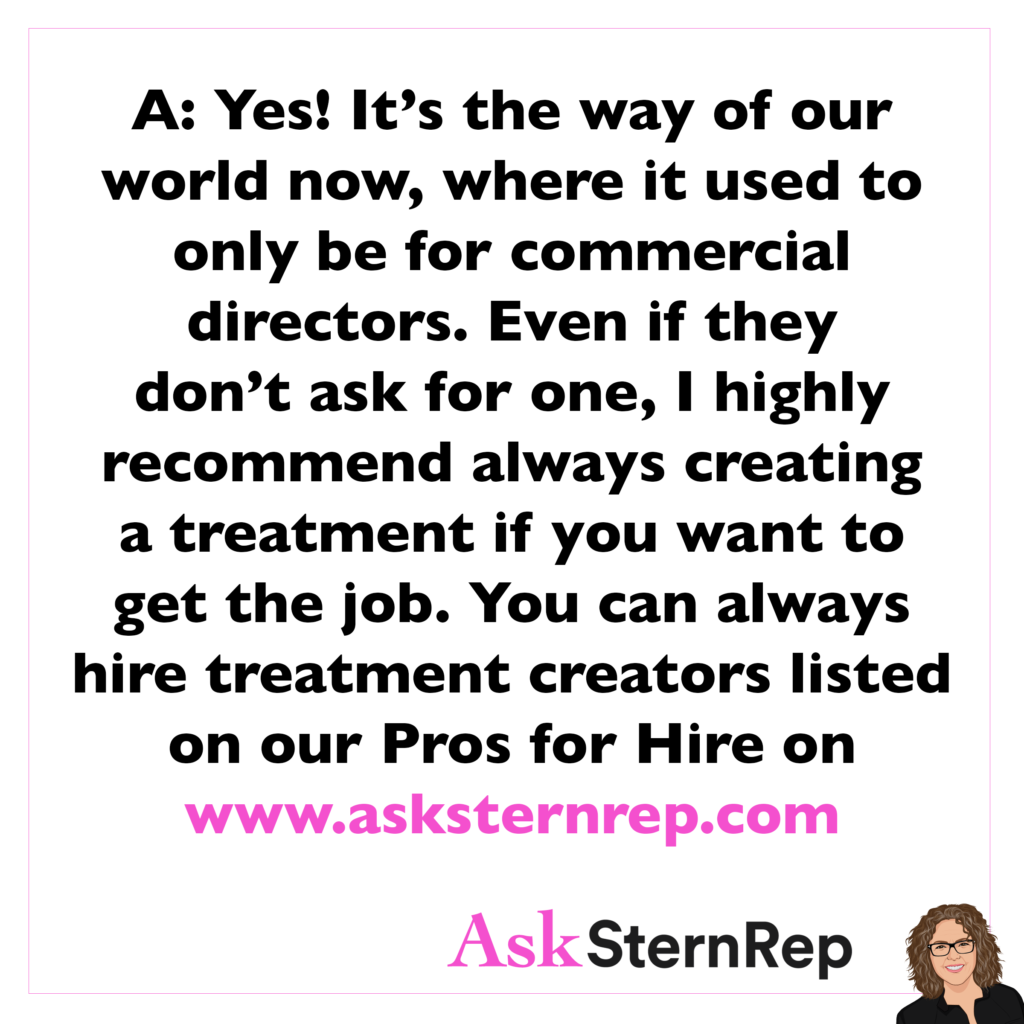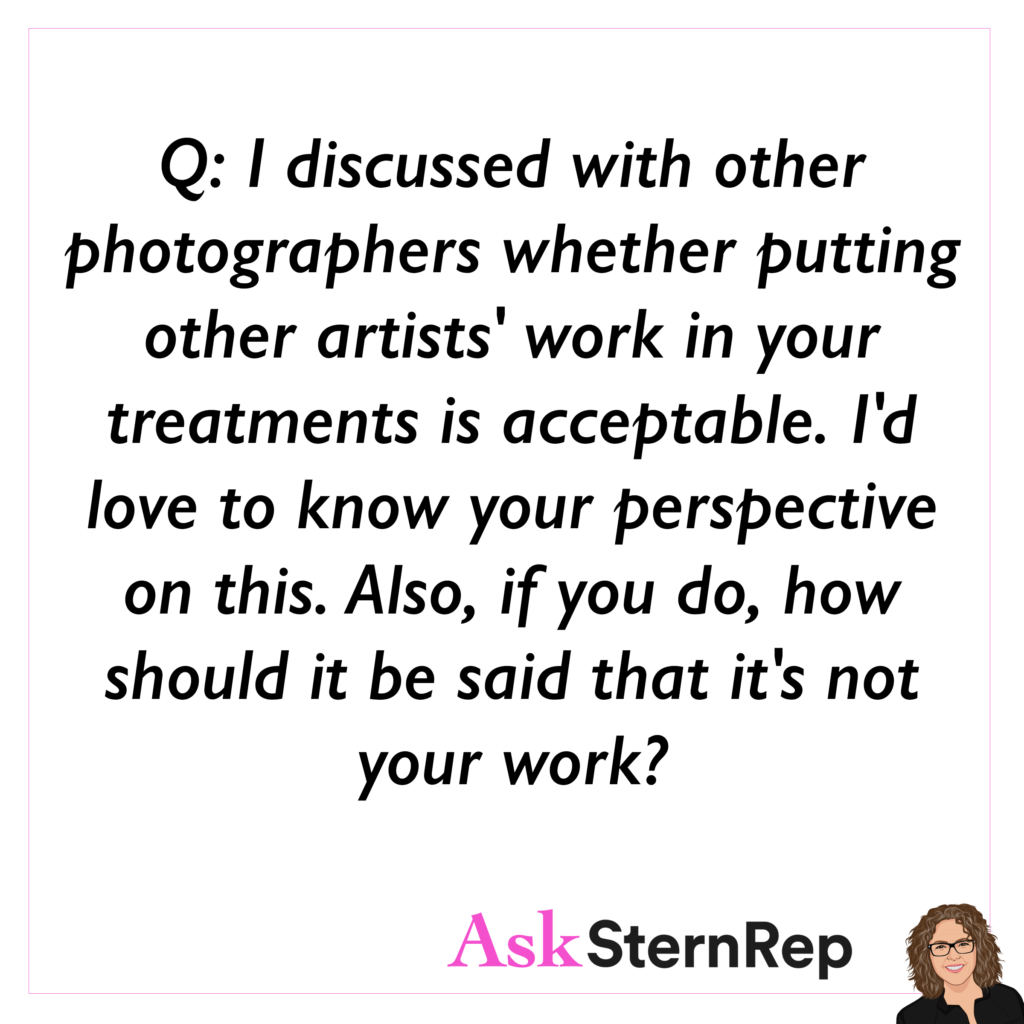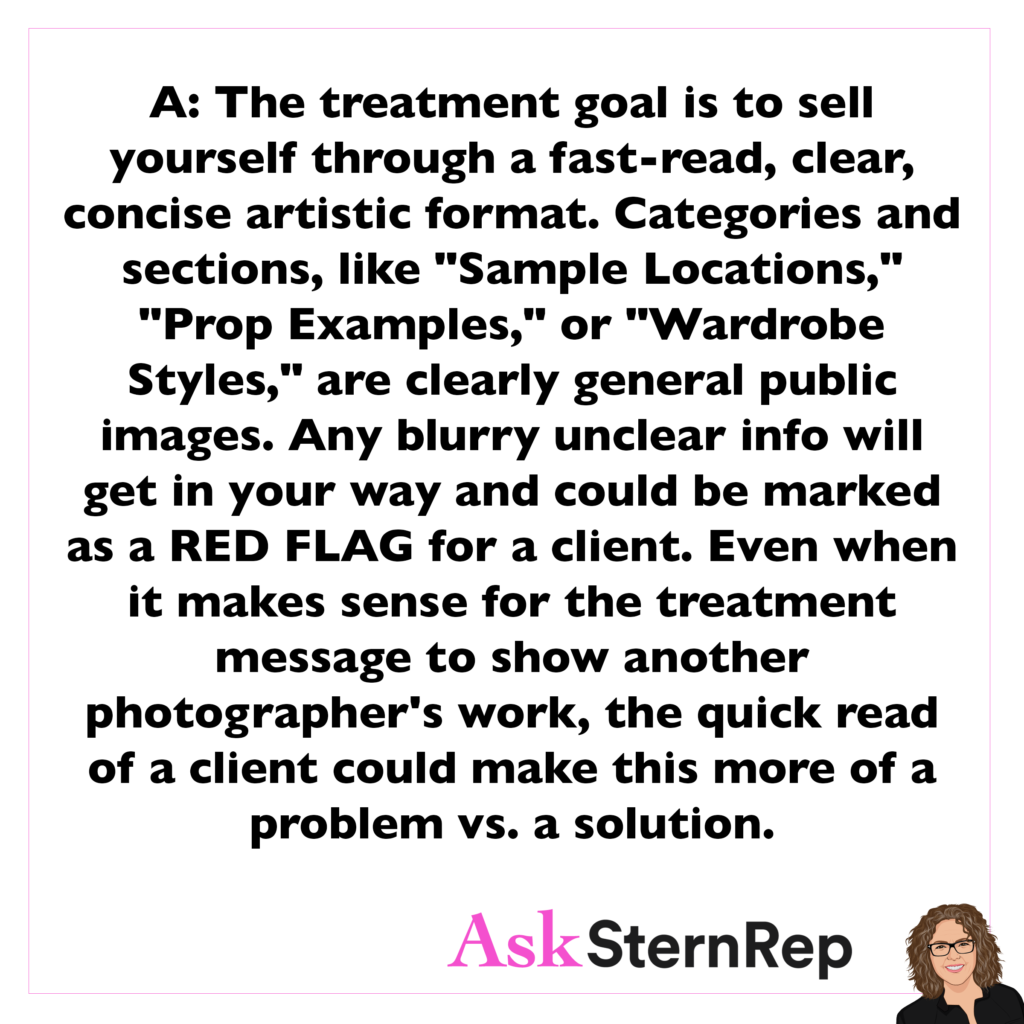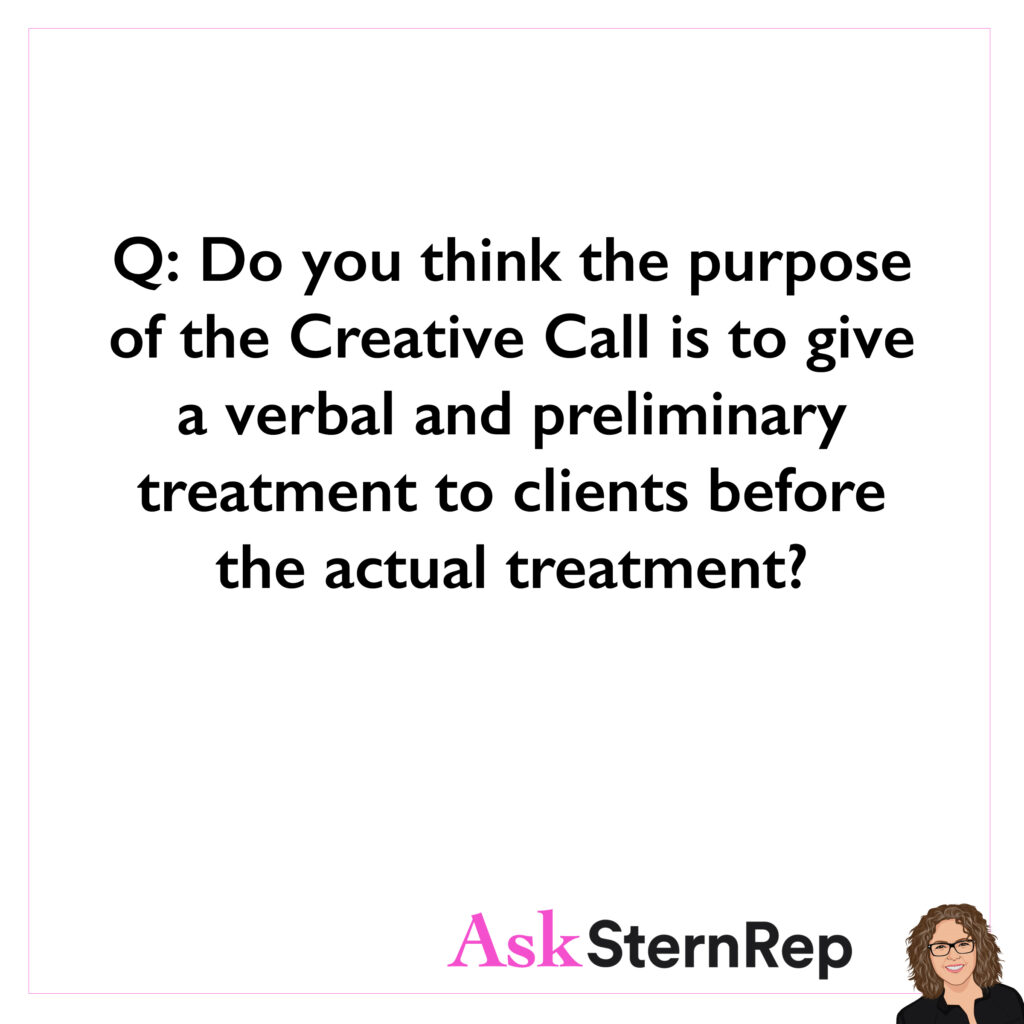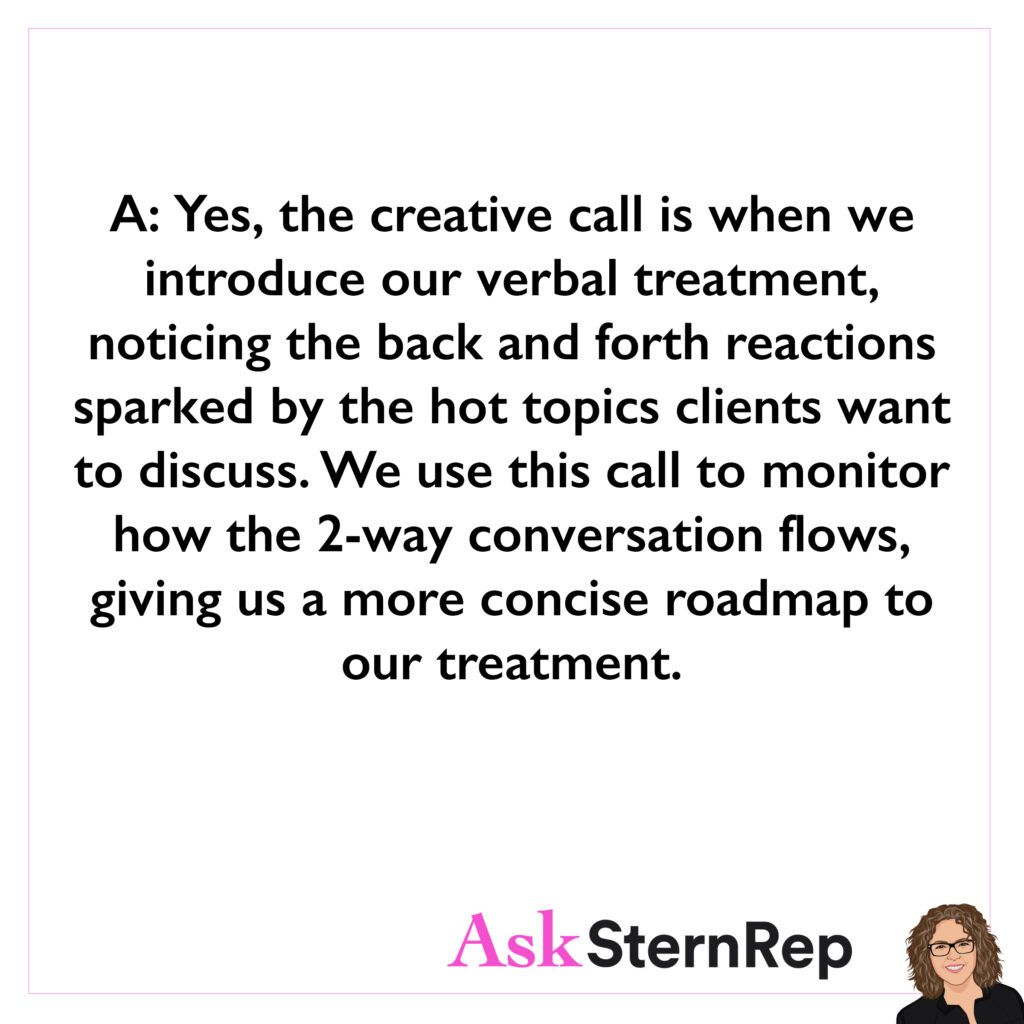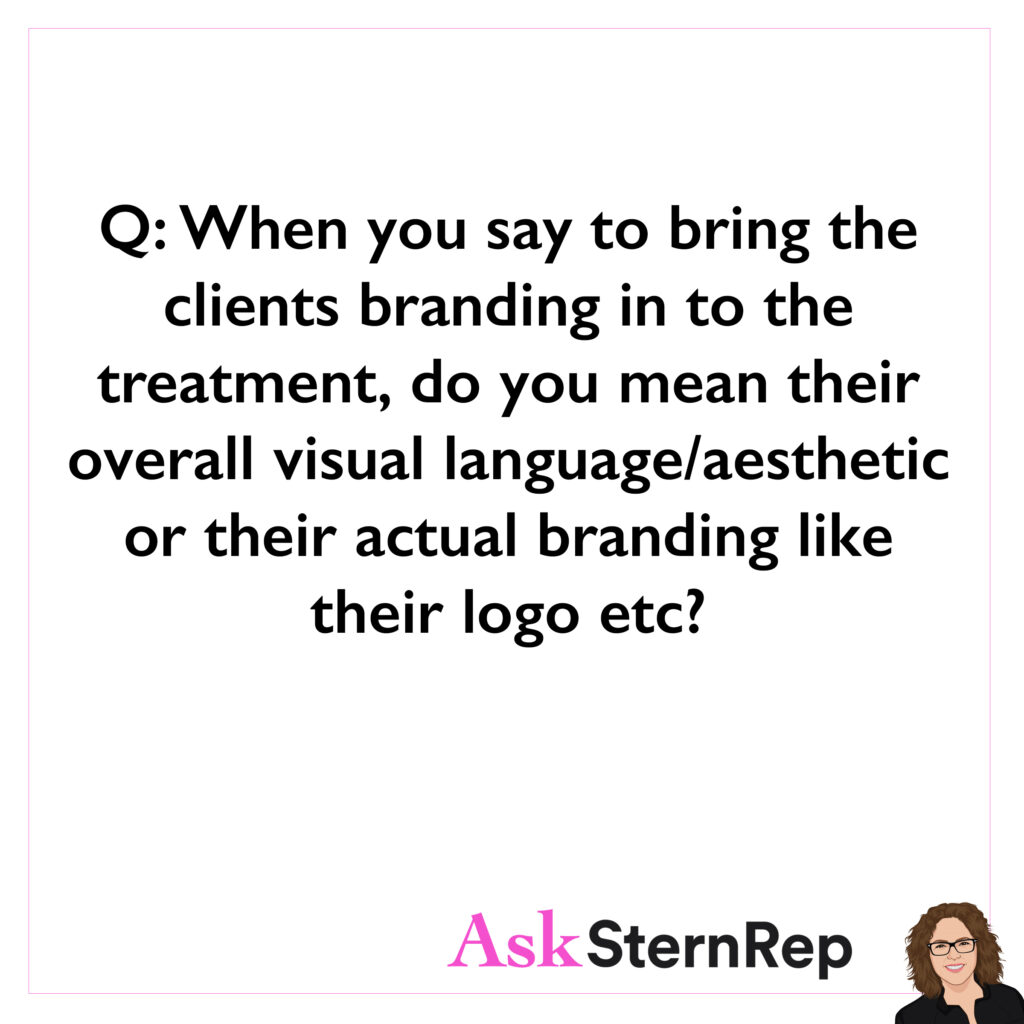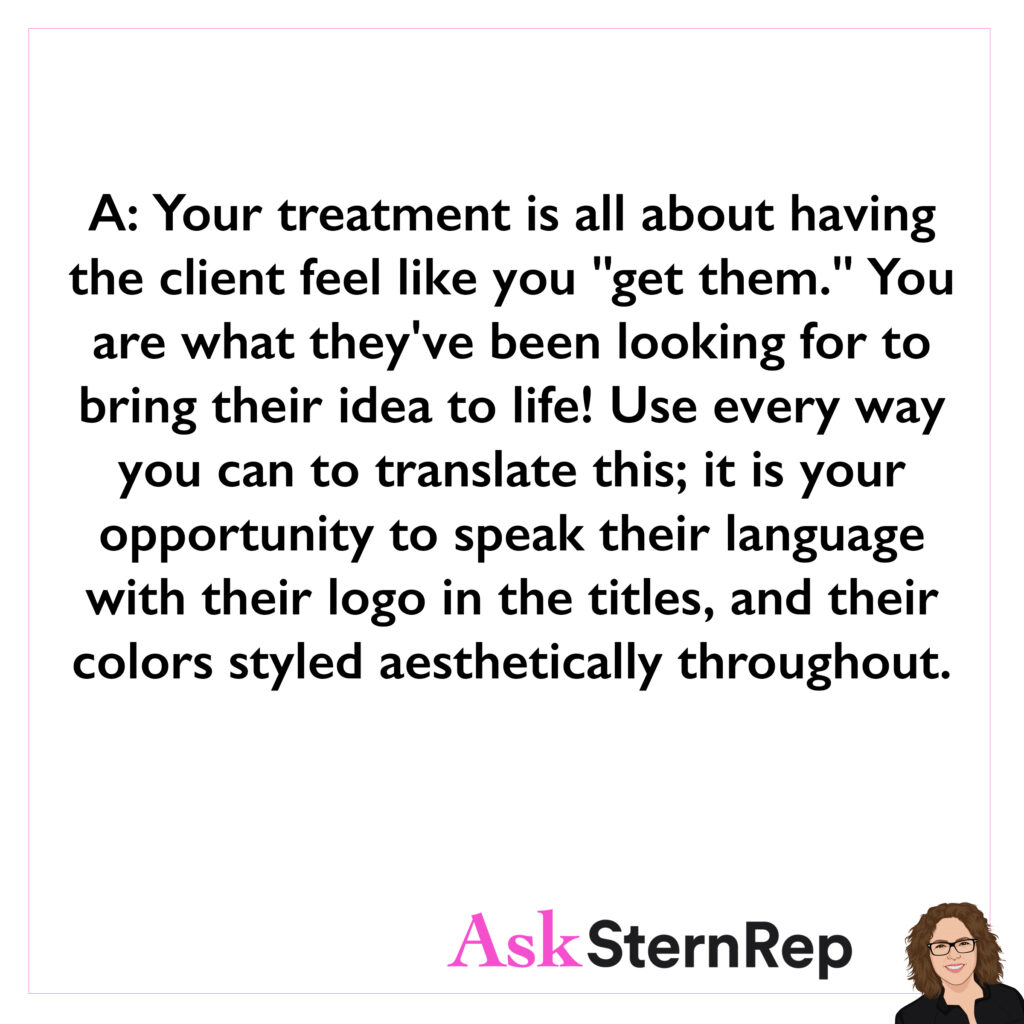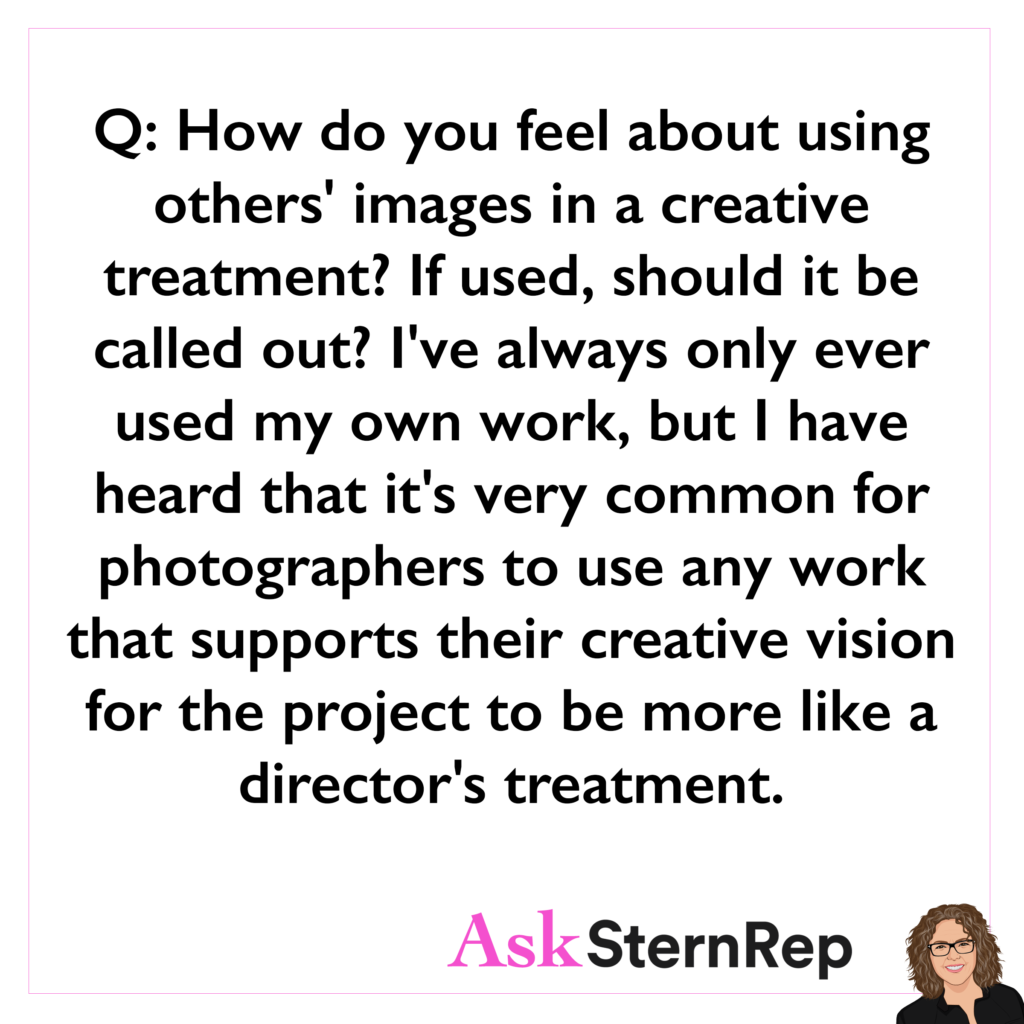
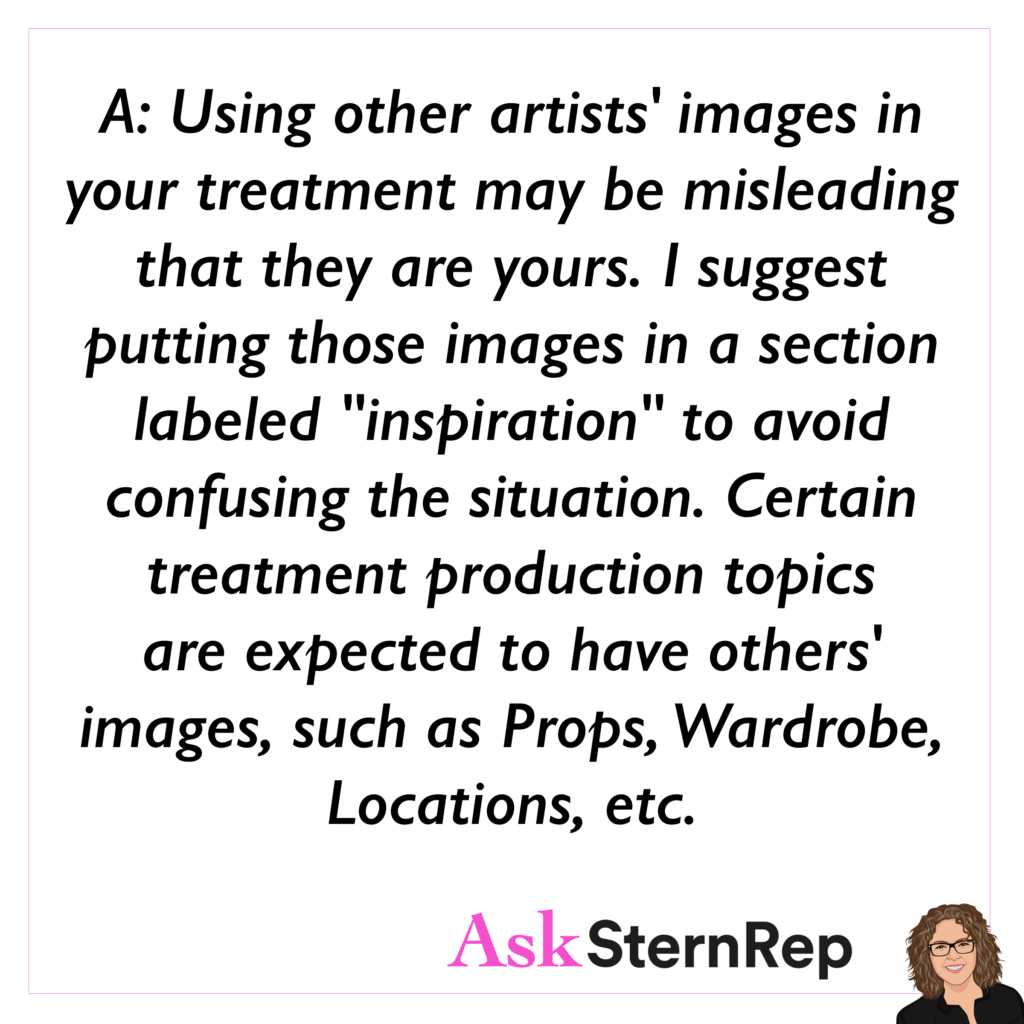
Q:
How do you feel about using others’ images in a creative treatment? If used, should it be called out? I’ve always only ever used my own work, but I have heard that it’s very common for photographers to use any work that supports their creative vision for the project to be more like a director’s treatment.
A:
Using other artists’ images in your treatment may be misleading that they are yours. I suggest putting those images in a section labeled “inspiration” to avoid confusing the situation. Certain treatment production topics are expected to have others’ images, such as Props, Wardrobe, Locations, etc.

